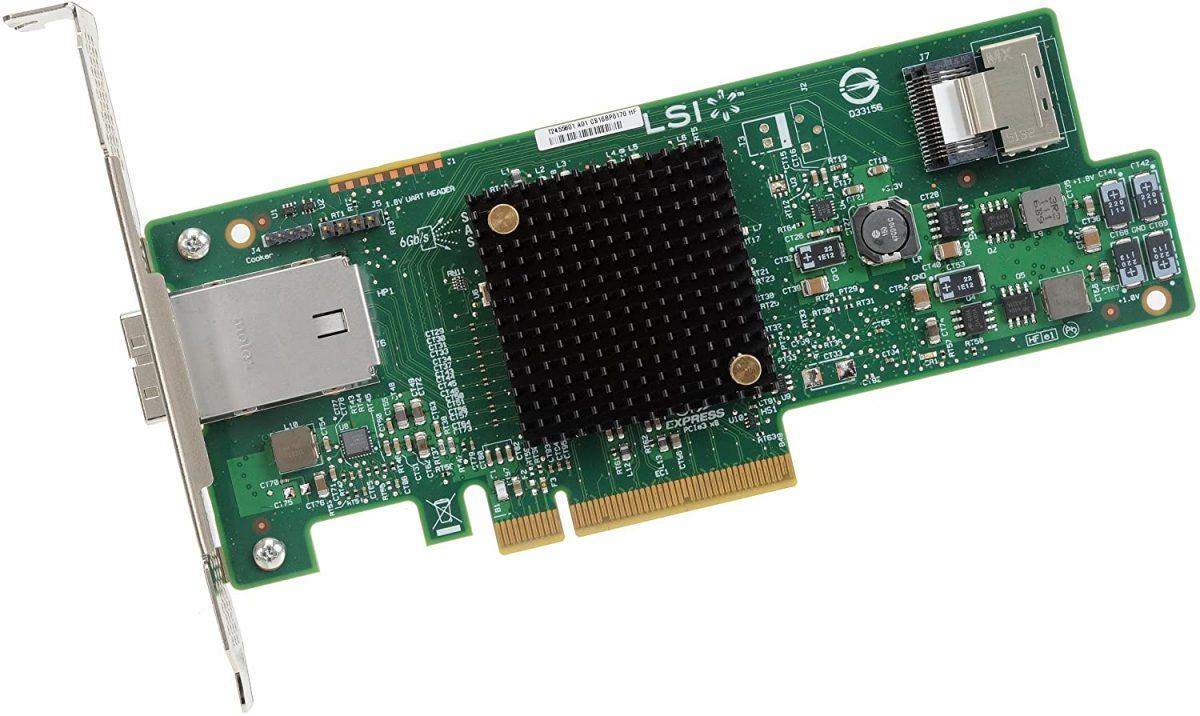
- Intel raid drivers for windows 10 install install#
- Intel raid drivers for windows 10 install drivers#
- Intel raid drivers for windows 10 install update#
Intel raid drivers for windows 10 install drivers#
the drivers for those always seemed to be on the DVD and just work (probably because those IDE drivers are more universal). To my recollection I did not ever see this issue with IDE optical drives, so that would be another workaround. HP never released a firmware updater for that drive. I had one HP DVD reader drive that I actually "cross flashed" with a Dell firmware updater and thereafter it could work with that DVD.
Intel raid drivers for windows 10 install install#
In other cases the install could proceed by swapping in a spare SATA optical drive that was "known good" for installing from the Microsoft DVD.
Intel raid drivers for windows 10 install update#
It turns out some of the HP optical drives have been older SATA versions that needed a firmware update and then they could work with the drives included on the Microsoft System Builder W7Pro64 installer DVD. I have run up against this issue, rarely, in the past with several HP workstations (including some Z620s) and their installed optical drive hardware. And even higher risk if you are using a Microsoft System Builder W7 installer that is more generic and thus may not have a critical driver available on the disc during the clean install while booting from that disc. And the risk is higher if you are doing a restore from HP optical discs that did not come from with your workstation. The HP installer optical discs that came with the workstation when new are carefully tuned by HP to have the correct drivers installed, but mistakes to happen. Thus, the same message can come from multiple causes. The W7 installer will produce that same message due to the lack of any driver that is halting the install from proceeding. I had similar issues a while ago on my Z210 and solved it by using default BIOS firmware settings, then created a VD and lastly placed Intels RST driver, specifically the F8 driver on a USB and during the Windows install process pressed F* and pointed to the USB drive where the driver was seen and loaded at which time my VD was visable so all could continue. If you still don't see the lone HDD, try and add the chipset drivers using the F8 method. If it all sounds like too much, you can remove all but one HDD and then RAID function will not be relevant as it will fall back to simple AHCI. If the install disk does not have the required (chipset) raid drivers, then you may need to place them on a usb drive and point the install to it using F8, at which point you will see your VD and can continue with the install. This assumes the install media has the (chipset) raid drivers which i think is the case. Then when windows install loads, you will see the virtual disk that you have create earlier and can thus select this VD for the install to continue.



If you have more than 1 disk in your system, and you have RAID+AHCI set, then you likely need to jump into the raid controller BIOS at boot time (by pressing "CTRL C" if i recall correctly) and define a virtual disk or VD (which can wipe existing data so be warned).


 0 kommentar(er)
0 kommentar(er)
